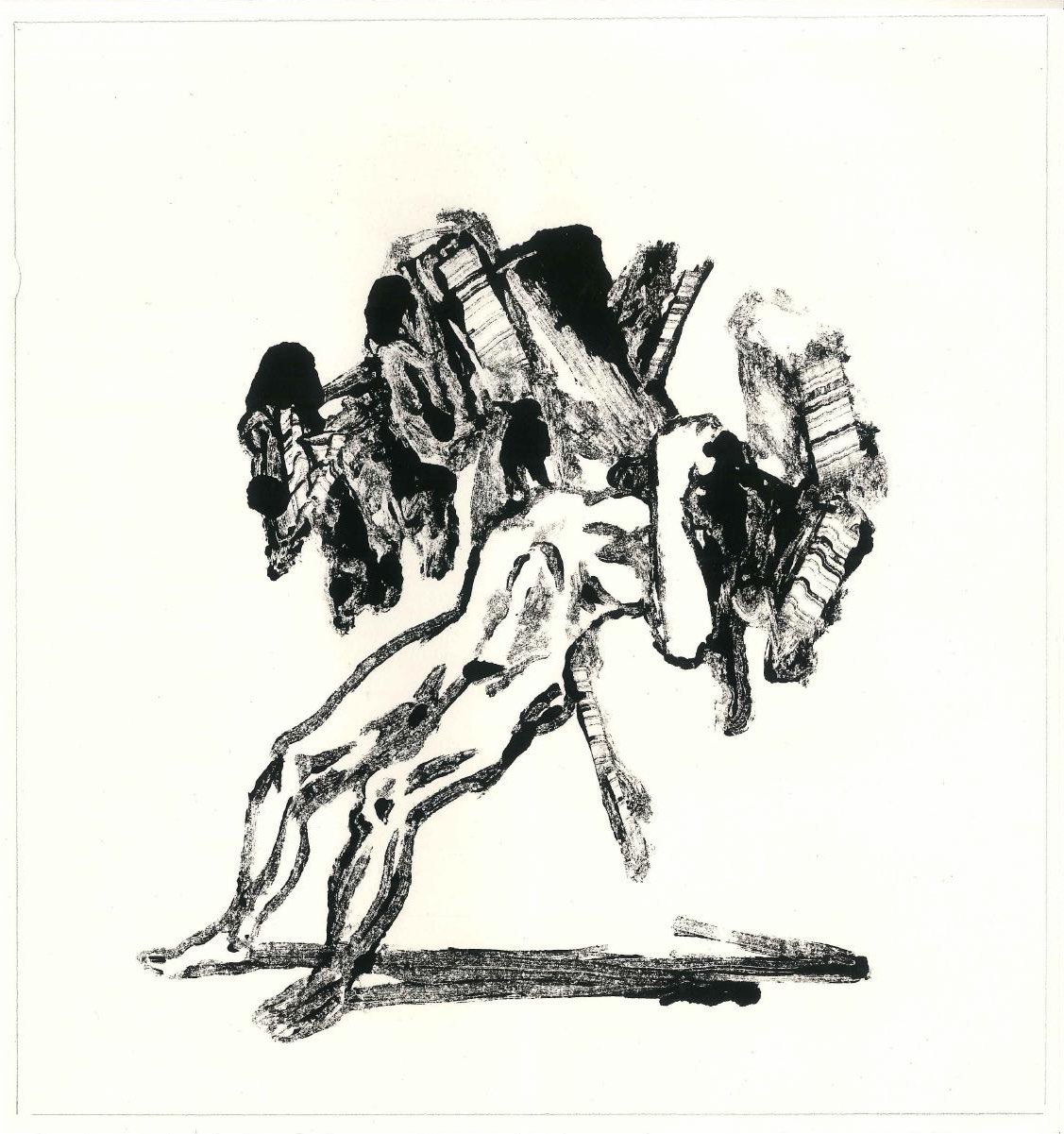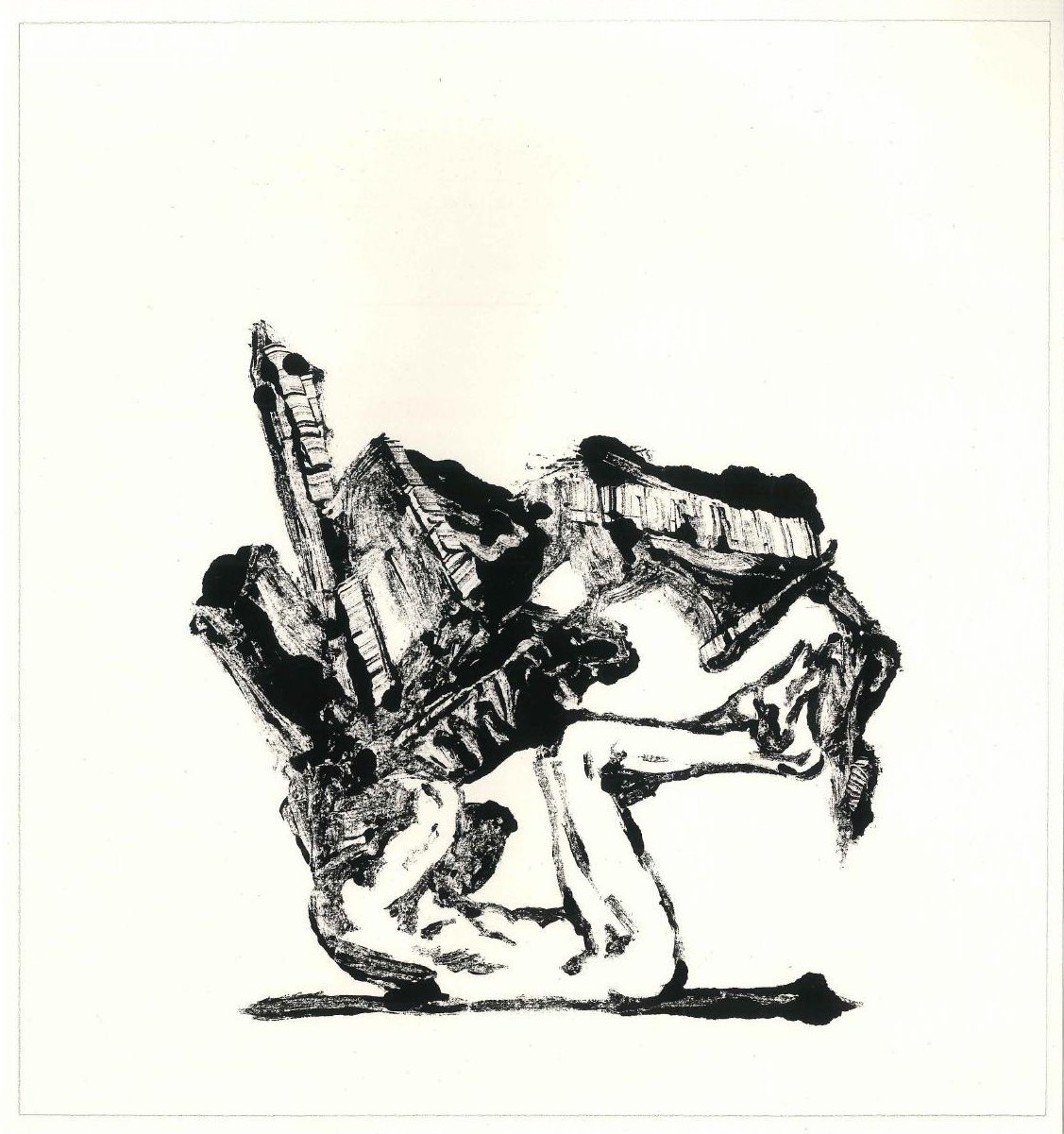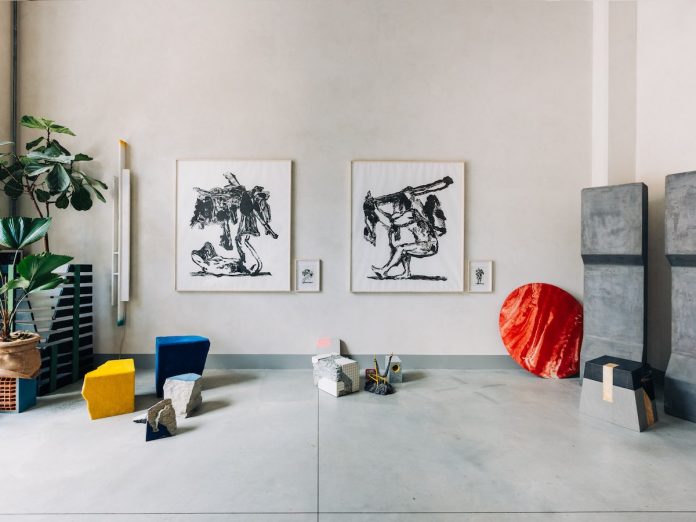Duccio Maria Gambi – Florentine, born in 1981, studies in industrial design at the Faculty of Architecture in Florence (2002-2006) and at the Milan Polytechnic (2006-2009) – is one of the most interesting authors on the Italian art design scene.
After years spent in Rotterdam and Paris, he has returned to the city of his birth. His studio is in the former Manifattura Tabacchi, a monument of industrial archaeology that has long been at the centre of a major urban renewal project. A nomadic office, which every now and then moves around colonising new spaces within the complex.


Since January, Gambi has occupied a new, spacious studio, high ceilings, concrete floor and exposed piping. Which has also been designed to host exhibitions of friends, moments of dialogue between different thoughts and creative practices. The first guest is Marco Pace, assistant to Gianni Pettena (one of the founders of the Architettura radicale movement in the 1960s) and visual artist.
His Giganti (Giants), figures evoked by thick black strokes of charcoal or ink or charcoal, are exhibited alongside pieces created by Gambi, hybrids between sculptures and functional objects.


“I met Marco in 2018, on the occasion of the exhibition I did in Milan together with Pettena on the occasion of Design Week (at Galleria Giovanni Bonelli, which also represents Pace, ed),” Gambi says. “Gianni proposed this series to me: I liked the idea of showing a primal, naked man whose body often relates to objects. I read it as a reflection on the origins of design. And close to my own work.”


Gambi has given his exhibition space a name, Territorio (Territory), which is also a theme he finds fascinating: “Because it defines an intellectual, rational path; it does not reflect a simply geographical datum but what happens within it. In the same way, this place that I make available to others will be defined by the things it houses,” he concludes.


The project was born slowly: Gambi entered the new studio in January, the exhibition opened at the end of June. The next one will be in September: “I invited Emilio Mola, whom I discovered on Instagram,” the designer concludes. “He works with Michele De Lucchi and creates drawings – he calls them “ugly drawings” – with architecture at the centre”.
All photos © Olga Makarova







